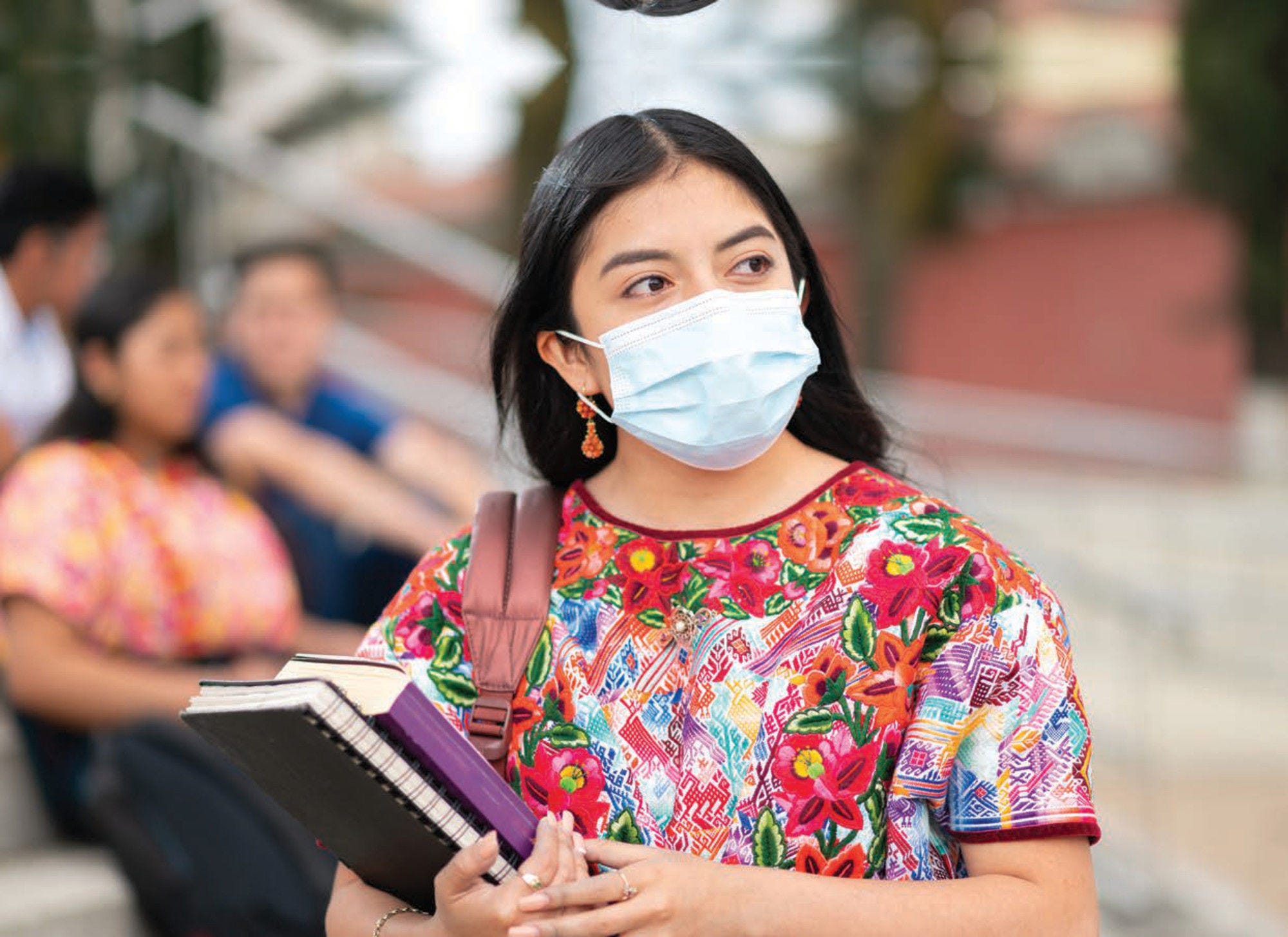Malaria, dengue and Zika are three diseases that are transmittable by the bites of infected mosquitoes. They are present in LAC with varying degrees of incidence. Malaria is a tropical disease caused by a parasite transmitted by the female Anopheles mosquitoes. After a period spent in the liver, malaria parasites multiply within red blood cells, causing symptoms such as fever, headache, and vomiting. As part of the SDG targets, the UN set a goal to end the epidemic of malaria by 2030. Between 2000 and 2017, there has been a global reduction of 60% in malaria deaths, making it one of the biggest public health successes of the 21st century (The Global Fund, 2019[1]).
In the LAC region, country efforts have greatly reduced new cases of malaria to the point where it has been nearly or completely eradicated in Belize, Costa Rica, Guatemala, Honduras and Mexico, plus several countries no longer report incidence data. However, the region remains vulnerable to outbreaks. The biggest incidence in the region can be found in Guyana with 28 cases per 1 000 risk population in 2020 (Figure 3.34, left panel). Venezuela shows the largest number of estimated malaria deaths with 203 people dying in the country, followed by Haiti, Brazil and Guyana with 97, 42, and 28 deaths, respectively.
Dengue is a viral infection caused by the mosquito Aedes aegypti and remains a public health problem in the Americas despite the efforts countries to stop and mitigate it. Dengue causes a severe flu-like illness (e.g. high fever, headache, pain behind the eyes, nausea, vomiting, swollen glands, muscle and joint pains, rash) and sometimes can cause a potentially lethal complication called severe dengue. Incidence of dengue in the region is heterogeneous and is particularly high in Guyana with 554 cases per 100 000 population in 2021, followed by Nicaragua with 548, Brazil with 456, and Belize with 309 (Figure 3.35). Lethality of the disease also varies, but always below a level of 0.01% of cases resulting in deaths. The diseases did not cause any deaths during 2021 in most countries in the region.
Zika fever is a viral disease caused by Zika virus transmitted by the mosquito Aedes aegypti, consisting of mild fever, rash, headaches, arthralgia, myalgia, asthenia, and non-purulent conjunctivitis. Incidence of Zika is very high in Belize with 245 cases per 100 000 population in 2021. Barbados and Guatemala follow with 15 and 14 cases per 100 00 population. Several countries in the region did not report any Zika cases in 2021 (Figure 3.36).
Mosquito borne diseases disproportionally affect economically disadvantaged communities, which lack adequate prevention methods and modern sanitation and infrastructure. It is key that countries ensure good quality access and coverage amongst these communities to protect them from transmittable diseases like malaria, chikungunya, dengue, and zika. Outbreaks preparedness and control is crucial for a proper prevention and response, for which countries should develop their capacities and resources. For instance, the use of insecticide‑treated nets and indoor residual spraying with insecticides are important preventive measures for at-risk populations to avoid mosquito bites. In fact, at-risk populations for dengue alone account for more than 3.9 billion people in around 129 countries, which results in 96 million people with symptomatic cases, of which 40 000 people are estimated to die every year (WHO, 2020[2]).



